Genuine Volvo 9465066 Timing Belt – Volvo
$49.99 Original price was: $49.99.$34.99Current price is: $34.99.
- Quality Meets Affordability
- Online customer care, always here for you.
- Control the delivery date and try to deliver it in the fastest time
- Secure Payments, Secure Shopping

The timing belt keeps the crankshaft and camshafts synced to time engine compression with fuel and spark delivery for engine ignition. The belt is a toothed rubber belt reinforced with chords that connects the crankshaft and camshafts and is kept tight with a hydraulic or spring loaded tensioner.
Because timing belts are made of rubber, they do deteriorate over time. Each auto manufacturer has time and/or mileage recommendations for when the timing belt should be replaced. Some timing belts will require replacement as soon as every three years or 30,0000 miles while some timing belts can last up to 10 years or 100,000 miles.
Symptoms of a Failing Timing Belt
If a timing belt is not replaced at the recommended time of mileage, it is at risk of breaking and allowing your engine to spin out of timing. Here are some signs of a failing timing belt:
- Your Volvo misfires
- Your check engine light has come on
- Rough idling or difficulty starting
- You hear a ticking noise coming from the engine
- You notice dark smoke coming from your exhaust pipe
Replacing Your Volvo Timing Belt
When replacing the timing belt it is always recommended to replace the timing belt tensioner. In addition to the tensioner, any other moving parts turned by the timing belt or any bearing ridden parts that must be removed to access the timing belt, like a water pump, should be replaced along with the timing belt to prevent future failures of those parts.
Volvo Timing Belts.
“Left/Right or Front/Rear” notes means the part fits the left or right side of the car. These parts are still sold individually and you’ll
need to select the appropriate quantity if you plan to replace more than one of this item.


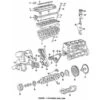

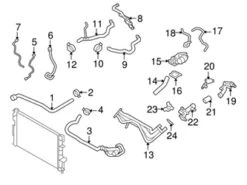


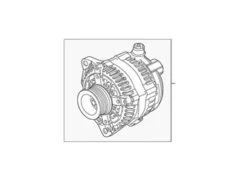
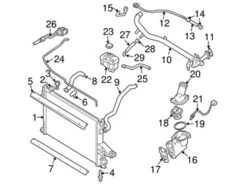

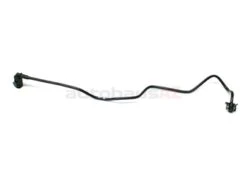
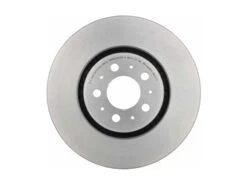
Reviews
There are no reviews yet.